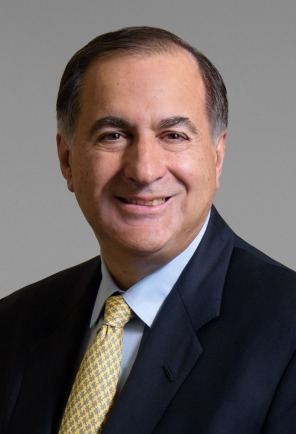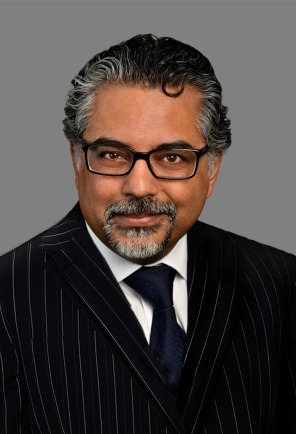The Value of an Outside-In View: How an Outside Perspective Helps Healthy Companies Transform for the Future
At the start of 2019, certainty is in short supply – stock markets had their worst year for a decade last year and the volatility has continued into January. Interest rates are rising and even industry-leading companies cannot keep doing the same things and expect the same results, as Apple’s recent revenue warning shows.
Smart companies recognize this and know that to thrive in the future, they need to transform their operations to be as lean as possible, using data and analytics to anticipate and meet changing customer demands. But how do they identify which parts of the business are holding back growth and inflating costs, and then implement the right measures to change them?
Getting an outside perspective can be particularly useful for companies with no immediate problem to solve — they are still growing comfortably yet can see clouds on the horizon. An outside-in view assesses the business dispassionately and benchmarks its performance against peers to see where it falls short. To enable necessary changes to happen, an outside-in view also identifies which projects can be shelved to free up time and money for transformation. This clarity gives leaders the confidence to act quickly. “We help them to see, clearly, the art of the possible,” says Dhiren Rawal, Managing Director with Alvarez & Marsal in New York.
One recent project with a financial services client identified their technology platform as the brake on growth. “They’ve doubled the business in 10 years, and they want to double it again in the next five years — it will take a monumental effort and their culture and technology platforms are not geared up for it,” said Mr. Rawal.
The systems the company uses to process transactions, manage customer relationships and store data are the products of “accidental evolution” — the result of in-house teams adding bespoke solutions to meet customer requirements as they came along.
A&M’s research across the broader industry showed the best way to grow in financial services without technology becoming a constraint is with an off-the-shelf digital platform developed by a technology company that specializes in making such products. “Use their solutions based on industry best practices — don’t build your own custom solutions constrained by your inability to provide the required capabilities,” says Subhang Shah, Senior Director with Alvarez & Marsal in New York. With the right platform, the company’s leaders will be able to focus on, “how to remain nimble, delivery best in class services and to stay close to what their clients want,” said Mr. Shah
As is often the case, the most complex part of the change is not switching to the new platform or managing outside vendors for the first time but changing a slow-moving culture in which people within the company fixed every problem their own way.
“The leadership is tuned in —they know they cannot grow at the rates they want if they don’t use industry best practices —but three levels down are the people whose job it is to deliver the services and build the systems. They’ve been fine-tuning things which can now be bought out of a box. So, organizational change management is the most fundamental thing we have to help them get right,” said Mr. Rawal.
An outside perspective also allowed A&M’s team to quickly streamline the projects the company was working on to create capacity to support the transformation program: validating, implementing and training people in the business to use the new systems that will be introduced during 2019.
To meet the company’s objectives of doubling in size over the next five years, they must improve profitability and offer better digital tools to customers to manage their assets. The next phase of transformation will focus on automating processes and introducing analytics to enable data-driven decision-making. These are changes well beyond the company’s comfort zone.
“The business case is a new paradigm of decisions informed by data, streamlining operations and automating processes. It’s far more than putting in new systems,” Mr. Rawal. “We’re moving companies in a new direction at a pace they’re not used to. There’s an imperative because of changes in the economy, the market and new entrants coming in to disrupt the business model.”
Click here to download a PDF version of this newsletter >
Stay informed about the key issues driving companies to seek meaningful, lasting change in From the Inside Out, our corporate transformation newsletter.



